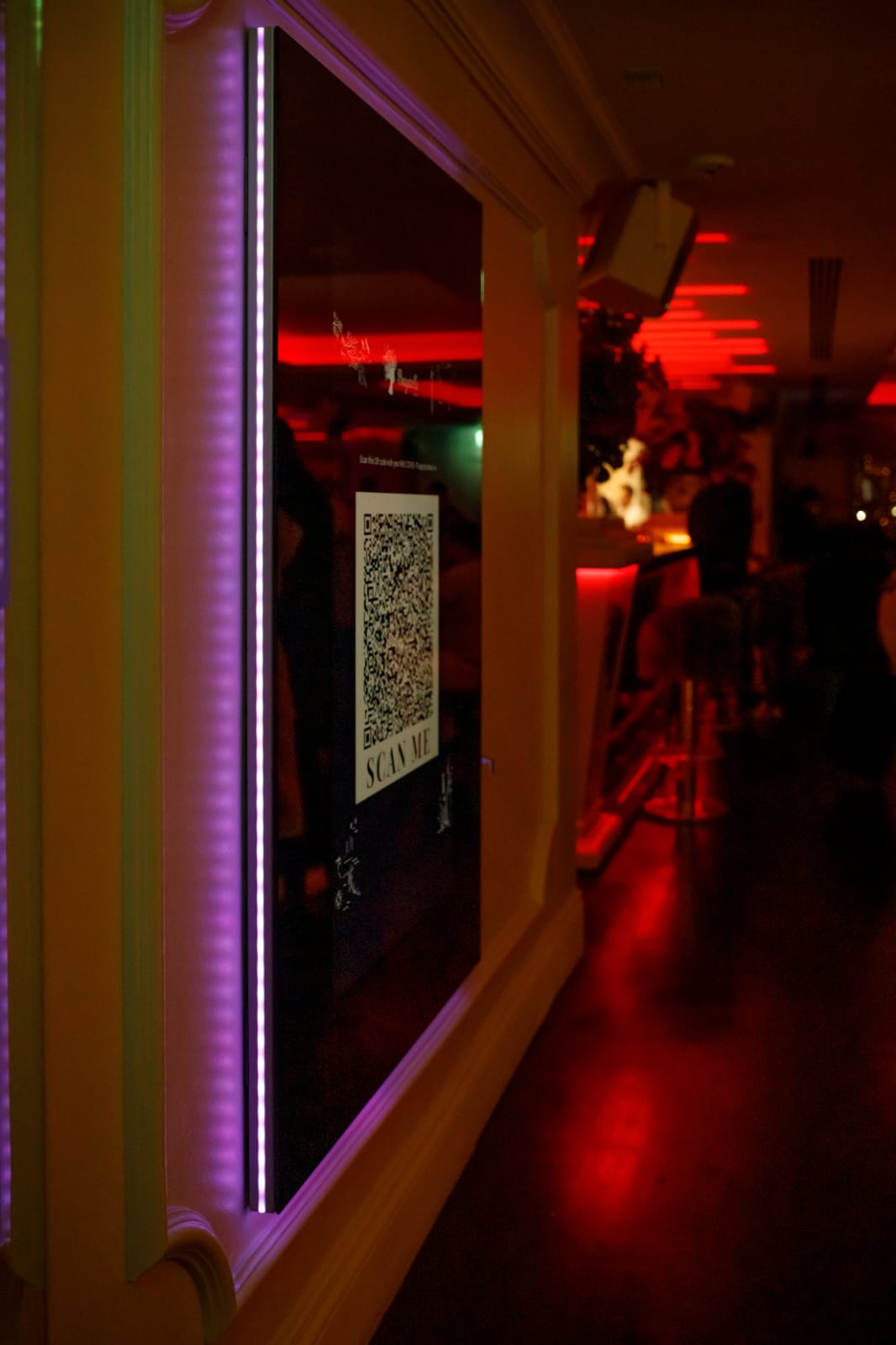Jarábik Barbara talking about luxury brands advertising solutions after pandemic: Make sure your messaging is consistent – from your website to your social media posts, everything should reflect the luxury image you are trying to create. Be strategic in your use of social media marketing – a luxury brand should be active on social media platforms to generate brand awareness. However, it’s important to maintain a sense of privacy and exclusivity with your online presence. You should also consider the demographics of your target audience and use the digital platforms that will reach them most effectively. It is forecast that Gen Y (born between 1981 and 1996) and Gen Z (born between 1997 to 2012) will represent 45 percent of all luxury sales by 2025. Therefore they should play an important part in your digital marketing strategies.

It needs to look and feel the part: Sure, the price can be hundreds or thousands of dollars, but does it feel and look that way? When you hold a Louis Vuitton purse, drive a BMW, or wear a Rolex, it doesn’t feel like it’s your average product. The attention to detail, materials, and engineering all make these products worth their price point to the correct audience. Imagine trying on a watch. The bracelet jingles, it’s flimsy and looks like something you’d buy at the dollar store. That’s not luxury. The 18k gold and diamonds instantly make this model look expensive and luxurious. You don’t have to question whether it’s a high value product or not. The appearance, weight, materials, and everything used to create it tell you the whole story.
Exclusivity is fundamental to luxury brand marketing as it maintains consumer desire through scarcity and rarity. If anyone could walk into Louis Vuitton and buy a handbag, Louis Vuitton would lose their appeal to those who wish to have something that others can’t get access to. Given the Internet’s accessibility and autonomy, many luxury brands worry about losing their sense of exclusivity when it comes to going online. This, however, is flawed logic.
Say you sell shoes hand cobbled by the finest artisans in all of Montana. While the keyword “shoes” will certainly yield traffic, and some of those searchers may very well be interested in buying your exceptional kicks, the overwhelming majority of that traffic falls outside of your target demographic. This becomes even more of an issue as you begin to consider keywords with modifiers. “Cheap,” “sale,” and the dreaded “free” are all words that, when appended to a query, ostensibly eliminate a searcher as a prospect. Account-wide negative keywords ensure you never bid on terms you have no interest in paying for (on purpose or accidentally).

Generally speaking, luxury brand websites are very stylish, but perform poorly when it comes to user experience and functionality. Take Dom Perignon’s website for example. Once you’ve completed a non-essential age verification page, you enter a slow loading flash site that takes about 13 seconds on a high-speed Internet connection to load. If you’re still around, you reach a website that’s very difficult and confusing to navigate. The Chanel website is very similar in that, while the colours and visuals are nice, the design is so unintuitive that it’s almost impossible to find what you’re looking for, let alone buy anything. See extra details at https://www.instagram.com/barbara_jarabik/.
Digital signage mirrors are another way for luxury brands to advertise efficiently : The world digital signage mirrors market was valued at USD 780 million in 2021. The world market is expected to grow steady at a CAGR of 12.21% to hit USD 910 million by 2023. Digital signage mirrors can greatly increase individual efficiency by choosing outfits as per weather updates while also offering bus and train schedules (including traffic updates). Digital signage mirrors in smart homes, planes, commercial spaces, hotels, etc. are designed to be connected to users as well as with different devices around. Energy efficiency is one of the major advantages that will drive the adoption of digital signage mirrors.